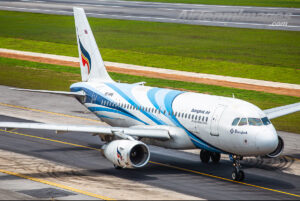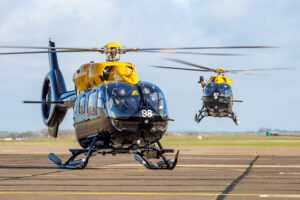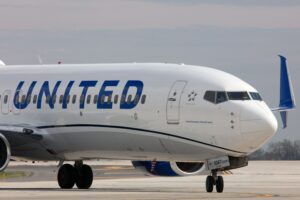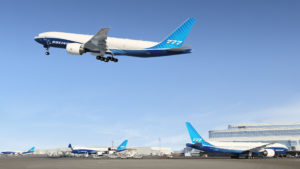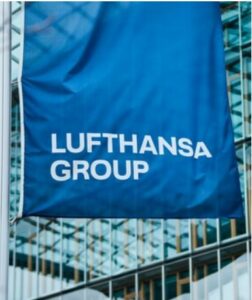GOL Linhas Aéreas Inteligentes S.A., Brazil’s largest domestic airline, has entered into an agreement to acquire Manaus-based MAP Transportes Aéreos (MAP), a Brazilian domestic airline with flight routes to regional destinations and São Paulo’s Congonhas Airport. The acquisition reflects the company’s ongoing commitment to expanding the demand for passenger air transportation in Brazil and what its management perceives to be an unparalleled market opportunity for rational consolidation in the Brazilian aviation market, as the country’s economy recovers from COVID-19.
“Over the past year, we have consistently emphasized that GOL is well-positioned for growth in the post-pandemic cycle, due to prudent financial management and proven efficient operating model that differentiates us in the market,” said Paulo Kakinoff, CEO. “This add-on acquisition is a significant step in our strategy of expanding network and capacity, as we look to revitalize air travel demand among leisure and business passengers. Thus, the Company is investing even more in the regional air transportation market with an emphasis on Brazil’s Amazon region, supporting local economic growth and strengthening our operations at Congonhas Airport.”
Founded in 2011, MAP is the fifth-largest Brazilian domestic airline, with a fleet of seven 70-seat ATRs that operate on routes in the Amazon region from Manaus Airport, and Brazil’s South and Southeast regions from Congonhas, the country’s largest domestic airport. The realization of this transaction will reinforce GOL’s leading positioning in two of its main bases, with growth of approximately 10% at CGH via the addition of 26 daily flights. Thus, the company will be able to serve new destinations connecting South America’s largest city to historically underserved domestic markets, as the restrictions resulting from the COVID-19 pandemic are reduced or eliminated.
GOL maintains its single-fleet fleet strategy to service these new routes in a cost-efficient and sustainable way. The company also has the additional flexibility to evaluate new aircraft types or partnerships that can service these regional markets more cost efficiently, with no future obligation as it relates to MAP’s current fleet.




